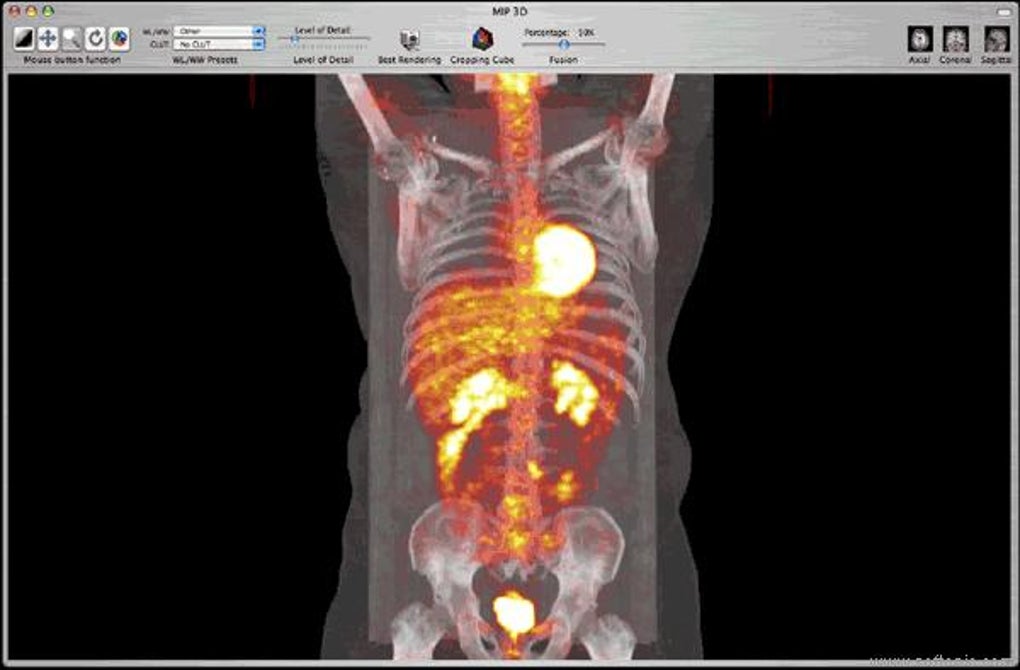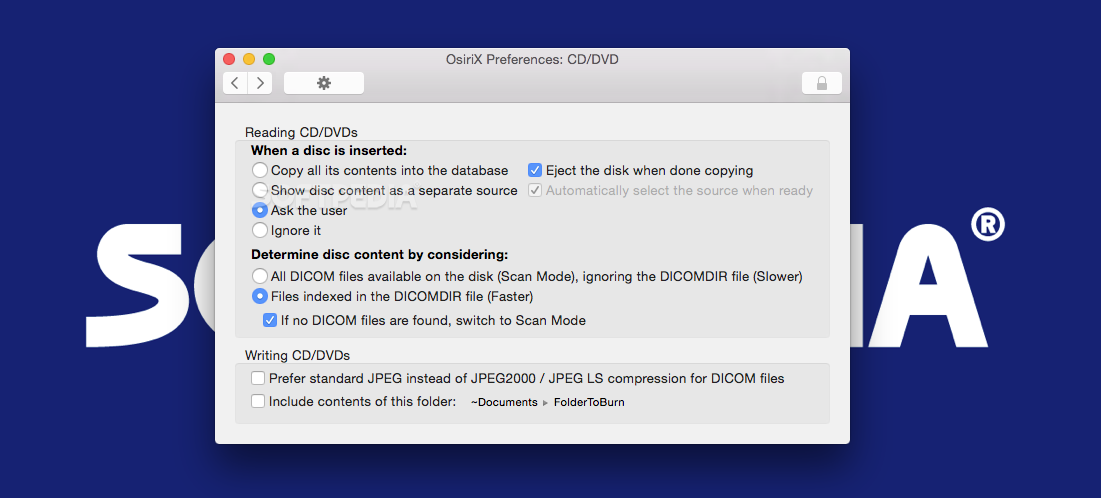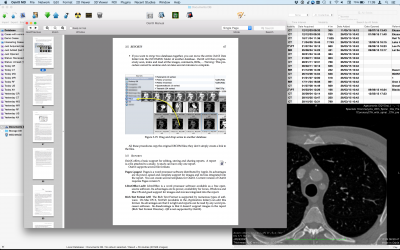

- #Osirix lite nifti to dicom how to#
- #Osirix lite nifti to dicom android#
- #Osirix lite nifti to dicom software#
I never quite understood this tech fascination with pointing out/being surprised that specialized experts are not generally deeply familiar with IT.
#Osirix lite nifti to dicom how to#
> this once again confirmed to me that medicine and IT usually exist at opposite ends of a spectrum.ĭo you actually know how to read even a chest X-ray or an echocardiogram?

Most people using smartphones have no idea what HEIC or JPG really is, and why should they? Not providing a viewer with a disc is kind of a dick move. > then proceeded to claim not to know what DICOM isĩ8% (made up number) a non-radiologist physician is going to bring up the image on whatever institutional lightweight PACS viewer is provided, and then occasionally in clinic on a disk that has some viewer provided. rather than looking down on someone for not keeping up with the tech stacks du jour, why not just help them get what they need to do their job more effectively? Especially when they're working to heal you. There are a loooooooot of ways to store imaging data out in the wild, and many different versions & viewers for each format. If you export it to JPEG, you get a static output in time & space and lose a lot of the power of DICOM. In that sense DICOM is more like a database of radiological data that happens to be plottable in 2D (and sometimes 3D) space, rather than a simple image.

It reminds of the nonstandard mess that is file packaging for GIS (geographic information systems) - a lot of power, but no simple system for organizing that power. It's quite a complex system of raster imaging plus metadata, and no two viewers worked quite the same, even between the several free and/or open-source options. Some of them were barely more usable than a JPEG viewer, while others could interpolate/extrapolate the data into a 3D point cloud and create rough anatomical models by combining collections of images from different angles. that isn't what I'm paying them for, after all.Īs an aside, in my brief investigation into DICOM (a format previously unknown to me before my injury), I discovered that it's actually a pretty complex format, with different viewers having pretty different UIs in terms of how they handle layers within a file (in both time and space), overlays and contrast adjustments (to emphasize/deemphasize certain artifacts, apparently), different collections and naming schemes for the same body parts, etc. I don't assume to know their tech setup or level of file format expertise. I'd do the same anytime I was visiting another professional. There's no way I was going to risk another clinic visit, at what, $300/visit?, just because they couldn't read the images. I also brought the original CD, along with the same files plus 2-3 different viewers on my laptop, juuuuust in case.
#Osirix lite nifti to dicom android#
At the orthopedist, I just showed it to them right on the phone with a Android DICOM viewer. I had to dig up my old disc drive from storage, then loaded the files onto my phone. When I got my scans from the radiologist, they came on a CD-ROM (remember those?). If in doubt, you should provide them the way to easily see whatever it is you want to show them, whether it's a x-ray or a hiking map or a giant party banner.
#Osirix lite nifti to dicom software#
IMHO, I don't think it's ever safe to assume that someone, even if they're in tech, would readily know what file format X is or have the right software for it.


 0 kommentar(er)
0 kommentar(er)
